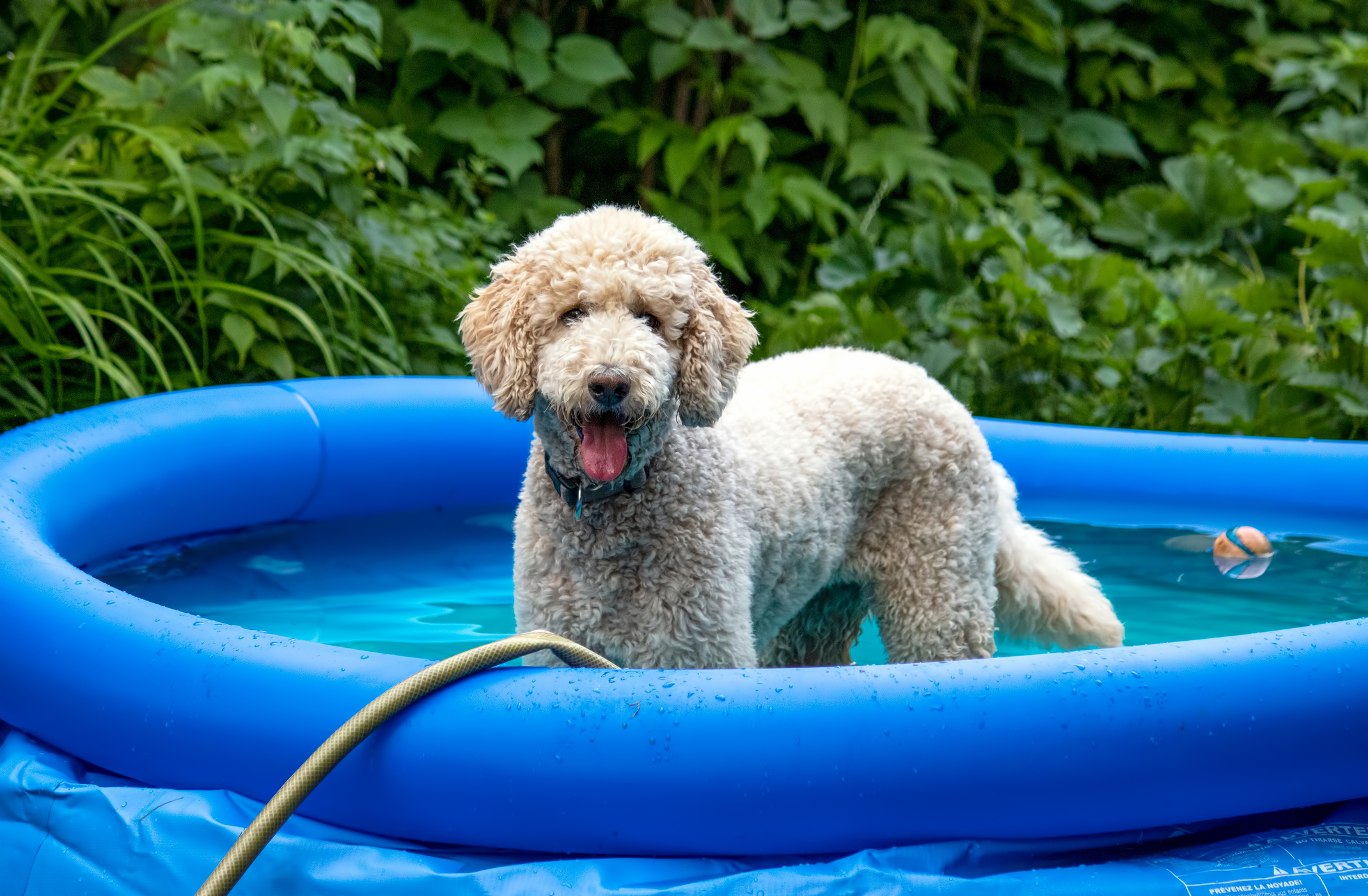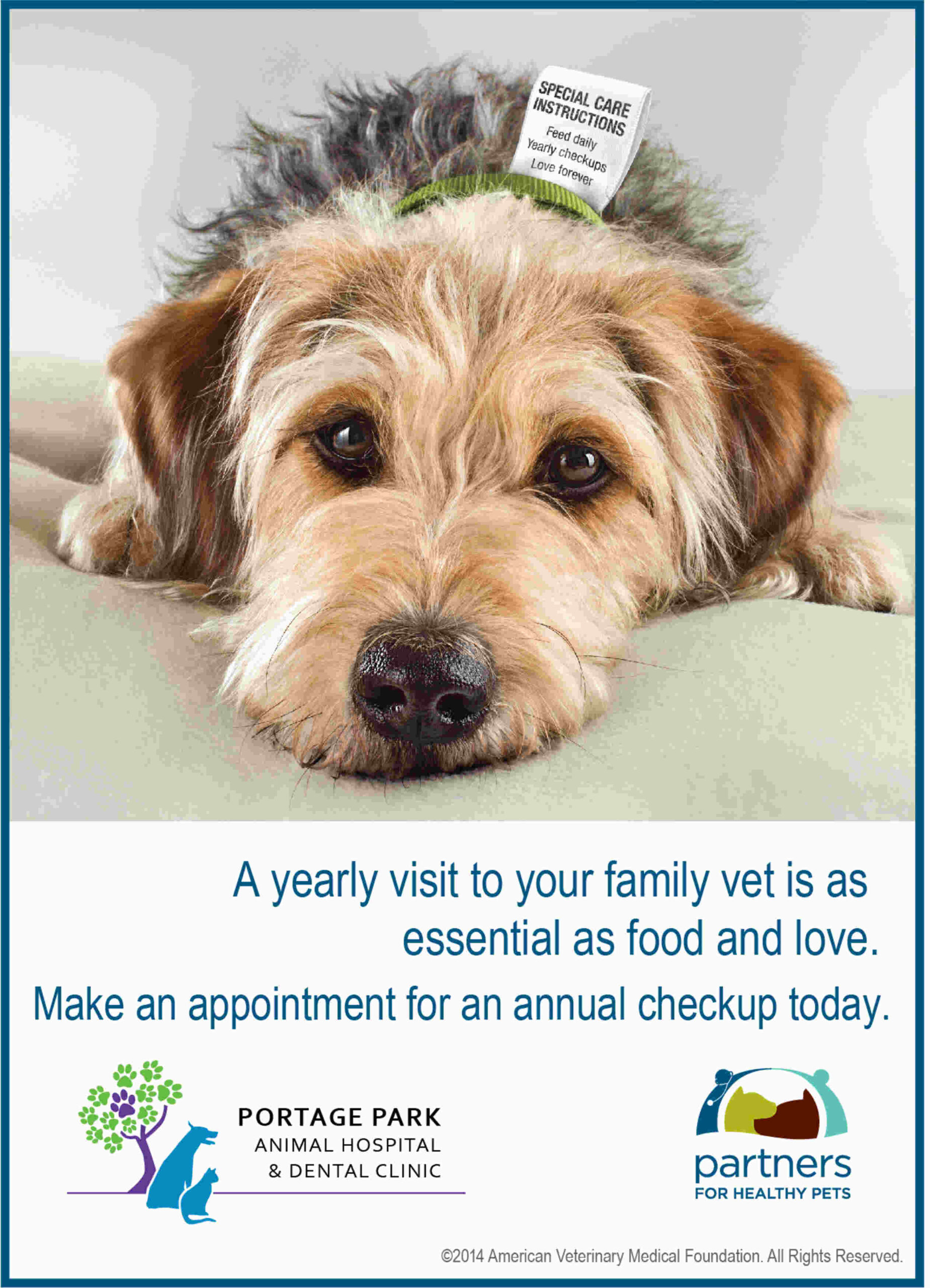
Summers in Illinois can be brutally hot. If your air conditioning isn’t working, or you don’t have central air, this brutal heat can be uncomfortable and even dangerous. It can be dangerous for your pets, too. Whether you have a dog that loves sunbathing or a cat who rules the roost, pets are at serious risk of overheating in a hot home.
Here’s how to keep cats and dogs safe, hydrated, and cool during summer without air conditioning.
Why Overheating Is Dangerous for Pets
Pets can’t sweat the way humans do. Dogs release heat by panting. Cats cool down by grooming and hiding in shady areas. When your home heats up and air circulation is poor, your pet can quickly become overheated, and that can lead to heat exhaustion or even heatstroke.
Signs of Overheating in Dogs:
- Heavy panting or excessive drooling
- Glazed eyes or an unfocused stare
- Rapid heartbeat or difficulty breathing
- Red or pale gums and tongue
- Vomiting or diarrhea
- Staggering or loss of coordination
- Elevated body temperature (over 104°F)
- Weakness, collapse, or seizures (seek emergency help immediately)
Signs of Overheating in Cats:
- Panting or rapid breathing (unusual for cats)
- Drooling or excessive grooming
- Lethargy or hiding
- Staggering, uncoordinated movements
- Sweaty paws
- Pale or red gums
- Vomiting or diarrhea
- Elevated body temperature (over 104°F)
- Weakness, collapse, or seizures (seek emergency help immediately)
How to Keep Dogs Cool in Summer Without AC
Even without central air, you can take practical steps to make your dog more comfortable when temperatures soar.
Provide Plenty of Cold Water
Hydration is critical. Refill your dog’s water frequently, and drop in a few ice cubes to keep it cool. Set up multiple bowls around the house, especially in areas where your dog likes to rest.
Avoid the Hottest Parts of the Day
Schedule walks early in the morning or after sundown to avoid intense heat and burning pavement. Keep outdoor time short, and always check the ground with your hand. If it’s too hot for you, it’s too hot for paws.
Frozen Treats for Dogs
Cool your pup from the inside out. Try frozen banana slices, watermelon chunks, or homemade dog-friendly “ice pops” made with broth and peanut butter. These are fun, safe, and effective at lowering core body temperature.
Cooling Mats and Towels
Set out a cool zone with a store-bought cooling mat or lay a wet towel on the floor. You can also wrap a frozen water bottle in a thin towel and place it in their bed. These provide instant relief without soaking your floors.
Playtime with Water
If your dog likes water, a kiddie pool or sprinkler in a shaded backyard is a great way to stay cool and active. Just be sure to dry their ears afterward to prevent infections.
Set Up Breezy Areas
Position fans to blow across shaded areas or near water bowls. A simple box fan plus a frozen jug of water can act as a DIY air chiller. Keep windows open at night if it’s cooler outside.
How to Keep Cats Cool in Summer Without AC
Cats can be sneaky about their discomfort, so it’s important to create a cool environment that allows them to regulate their body temperature safely.
Cool Surfaces
Let your cat chill by keeping bathroom doors open. Tile floors, bathtubs, and porcelain sinks provide ideal cool spots. If they disappear for a while, check these areas first. They’re likely already using them.
DIY Cooling Pads
Place frozen gel packs or cold water bottles wrapped in towels in your cat’s preferred nap zones. You can even use chilled ceramic tiles or baking sheets set in the shade to create a go-to cooling station.
Grooming Helps
Cats naturally groom more in the summer to stay cool, but long-haired breeds need extra help. Brush them daily to remove excess fur and prevent matting, which traps heat. Do not try to trim or remove mats with scissors or shavers because it’s very easy to accidentally cut your cat’s skin.
Water, Water, Water
Many cats don’t drink enough. Try switching to a wide ceramic bowl or a water fountain with gentle circulation. Keep water in every room your cat frequents, and toss in ice cubes as a playful way to encourage sipping.
Shade and Quiet Zones
Cats love heat, but too much is dangerous. Close blinds during peak sun hours and keep curtains drawn to block radiant heat. Create calm, shaded spots with ventilation and no foot traffic so they can rest without stress.
Extra Caution for High-Risk Pets
Some pets are especially vulnerable to heat:
- Brachycephalic breeds (pugs, bulldogs, Persians)
- Senior pets or very young kittens/puppies
- Overweight animals
- Pets with medical conditions
For these pets, even a moderately warm home can be dangerous. Always monitor closely and consider portable AC or emergency cooling methods.
Reach out to Portage Park Animal Hospital For Expert Advice
If you’re concerned about your dog or cat’s behavior in the summer heat, the veterinarians at Portage Park Animal Hospital & Dental Clinic are here to help. Our team is here to answer your questions and provide care.
Schedule a vet exam today. We’re proud to be your trusted partners in keeping your pets happy and healthy!
FAQ: Keeping Pets Cool Without AC
Can a fan cool my pet down?
A fan can cool your pet down slightly, but they aren’t as effective for pets as they are for people. However, a portable fan placed near a cool surface or a bowl of ice water can help your pet cool down.
Is it safe to give my dog ice water?
Yes, it is safe to give your dog ice water. Just make sure there aren’t any large ice chunks in your dog’s bowl, as these can be a choking hazard.
What temperature is too hot for pets indoors?
Any temperature above 80°F is too hot for pets indoors. Aim to keep your home below this threshold.
Can cats get heatstroke?
Yes, cats can get heatstroke. Signs of heatstroke in cats include panting, drooling, and vomiting.
Should I shave my pet to keep them cool?
No, you should not shave your pet to keep them cool. Fur acts as insulation. Instead, brush out undercoats and consult a vet before shaving.


